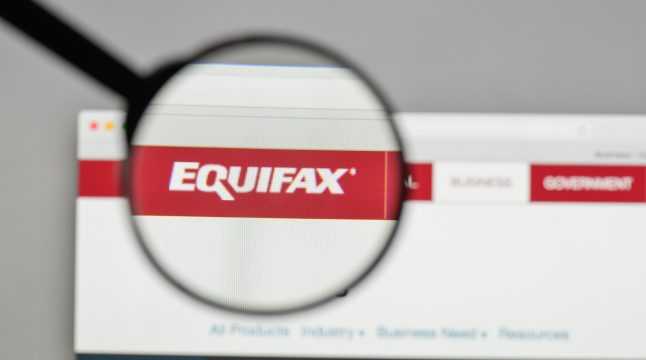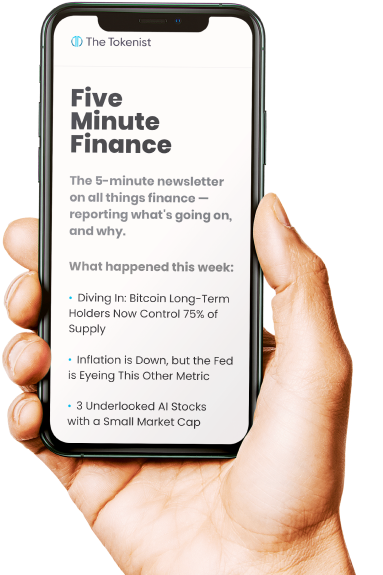
Equifax Shares Sink in Premarket as FICO Threatens Credit Bureau Model
Equifax Inc. (EFX) experienced a dramatic selloff in premarket trading on October 2, 2025, plunging 12.15% to $222.97 following Fair Isaac Corporation’s announcement of a direct-to-lender credit score licensing program. The move threatens to disrupt the longstanding business model of credit bureaus, which have historically served as intermediaries between FICO and lenders, charging significant markups on credit scores. The announcement sent shockwaves through the credit reporting industry, with Equifax facing the steepest decline among its peers as investors assessed the potential impact on revenue and profit margins.
FICO’s Direct Licensing Model Undermines Equifax’s Core Revenue Stream
Fair Isaac’s announcement represents a fundamental shift in the credit scoring industry that directly undermines Equifax’s core business model. The company revealed it would license FICO scores directly to mortgage resellers and lenders, effectively cutting out the intermediary role that credit bureaus like Equifax have profitably maintained for decades. According to Raymond James analysts, this new distribution model would allow lenders to avoid paying the current approximately 100% markup that credit bureaus charge for FICO scores, representing a severe threat to Equifax’s pricing power and margins.
The FICO score is used by nearly 90% of U.S. lenders to evaluate borrower creditworthiness, making it an essential component of the mortgage origination process. Equifax has long generated substantial revenue by serving as a gatekeeper to these scores, purchasing them from FICO and reselling them to lenders at a significant premium. CEO Will Lansing emphasized that the new model “eliminates unnecessary mark-ups on the FICO Score and puts pricing model choice in the hands of those who use FICO scores to drive mortgage decisions,” directly challenging Equifax’s value proposition in this critical market segment.
Jefferies analysts warned that the new model could hit credit bureau earnings by an average of 10% to 15%, noting that “for the bureaus to take price, they will now have to directly negotiate with the lenders, as well as compete with each other.” Citigroup analysts characterized their initial reaction as “negative for Experian and Equifax,” acknowledging that the move would cut out the margin these companies have traditionally earned on FICO credit scores.
Join our Telegram group and never miss a breaking digital asset story.
Equifax Shares Collapse to 52-Week Lows Amid FICO Threat
Equifax shares closed at $253.84 on October 1, 2025, down 1.05% from the previous session, but the real damage materialized in premarket trading on October 2nd. At 7:46:29 AM EDT, the stock had collapsed to $222.97, representing a devastating 12.15% decline or $30.83 per share loss. This premarket selloff wiped out approximately $3.8 billion in market capitalization, bringing Equifax’s total market value down to roughly $27.5 billion based on the premarket pricing.
The stock’s 52-week range of $199.98 to $294.92 illustrates the volatility Equifax has experienced, and the premarket decline pushed shares closer to the lower end of that range. Year-to-date, Equifax had managed only a modest 0.16% return compared to the S&P 500’s 14.10% gain, and the company’s one-year return stood at negative 11.92% versus the benchmark’s positive 17.56%. With a trailing P/E ratio of 49.77 and forward P/E of 27.93, the stock had been trading at premium valuations that may now face downward pressure as analysts reassess earnings projections.
The company operates through three main segments: Workforce Solutions, U.S. Information Solutions (USIS), and International, with approximately 15,000 full-time employees. Equifax’s business model relies heavily on data analytics and technology services, making the FICO distribution relationship a significant revenue driver. The threat of disintermediation poses risks not only to near-term earnings but also to Equifax’s competitive positioning as lenders gain more direct access to credit scoring alternatives, potentially intensifying price competition across the credit bureau industry.
Disclaimer: The author does not hold or have a position in any securities discussed in the article. All stock prices were quoted at the time of writing.




